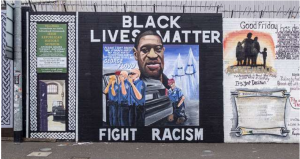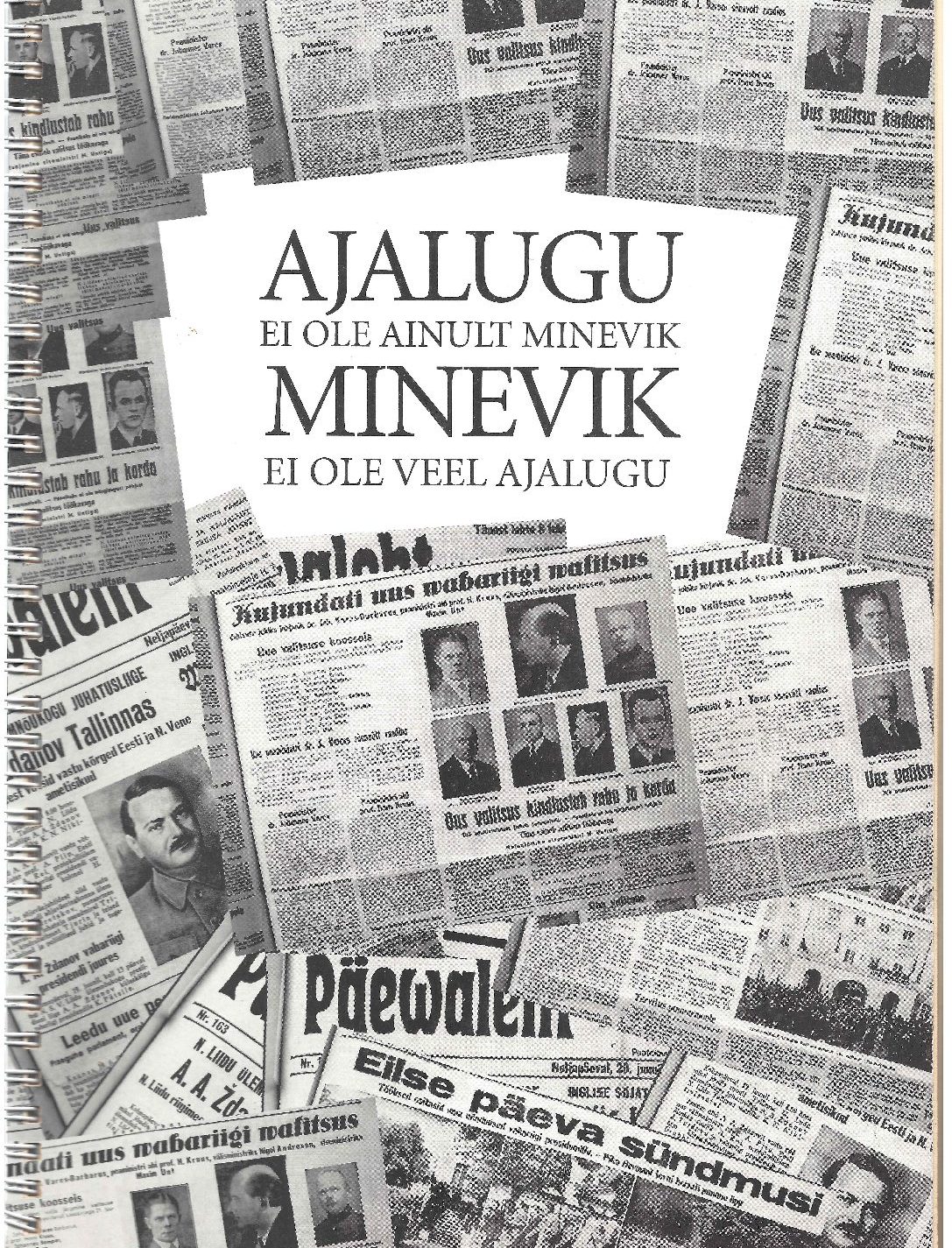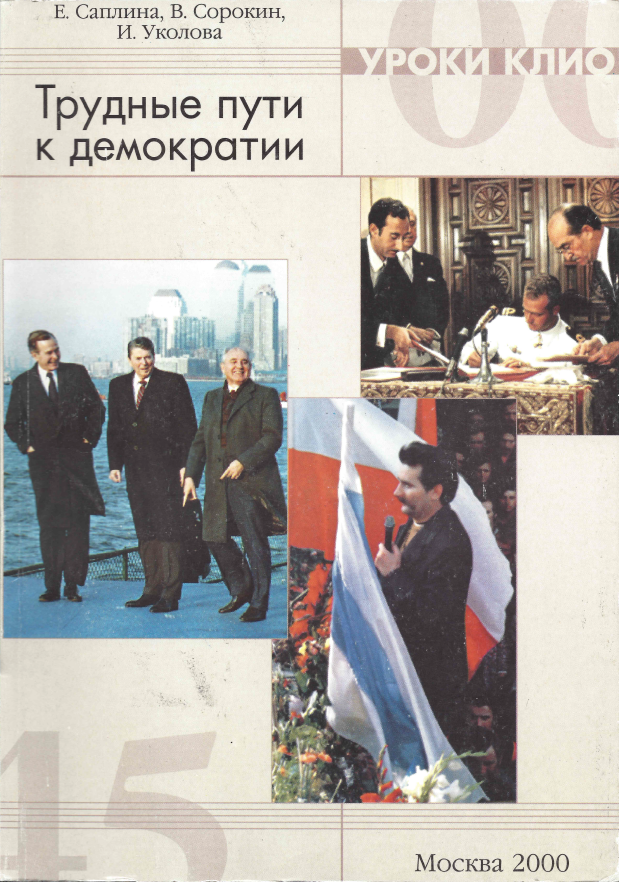
On city walls, political contestation and artistic expression intertwine as hundreds of murals provide a stark representation of the anger, fear and hope felt by the communities which paint them. This case study examines the role of public art in the conflict and peace process in Northern Ireland; the context of conflict in Northern Ireland is explored, the history of 'muralling' as a practice of ungoverned expression is traced, contemporary contestations surrounding murals are discussed, with emphasis on exploring how engagement between new and old murals may be facilitated. Lastly, the case concludes that the practice of muralling is inseparable from discourse and responses of wider communities, from opposition, and that negotiating this line between controversy and freedom of artistic expression serves as an opportunity to work through tensions and convey solidarity with broader themes of oppression.
Read the full case study here.

History is not only the past, the past is not yet history
This publication is a result of the project “Integration of [...]

Fair and Balanced History
44 Innovative Lesson Plans for Bulgarian History Education The EuroClio [...]

Difficult Path to Democracy, 1945-2000
In the context of the “Uroki Klio” project, three textbooks [...]

Crossroads of Cultures
This publication is made collaboratively by educators from Armenia, Azerbaijan, [...]

Connecting Europe through History: Experiences and Perceptions of Migration in Europe





